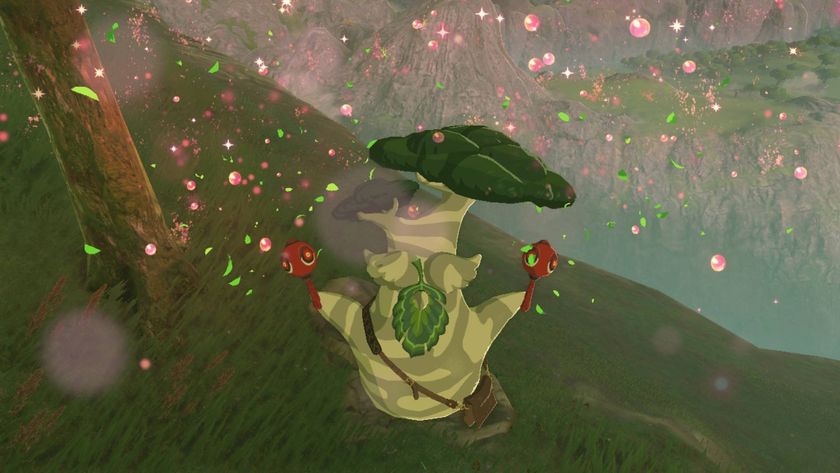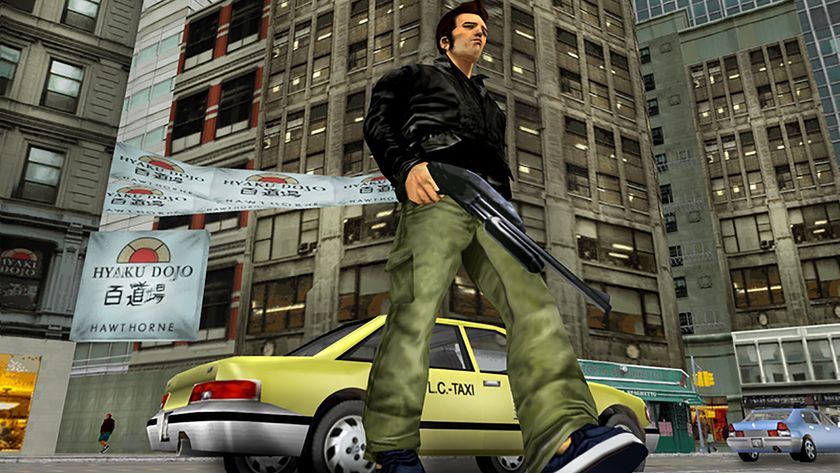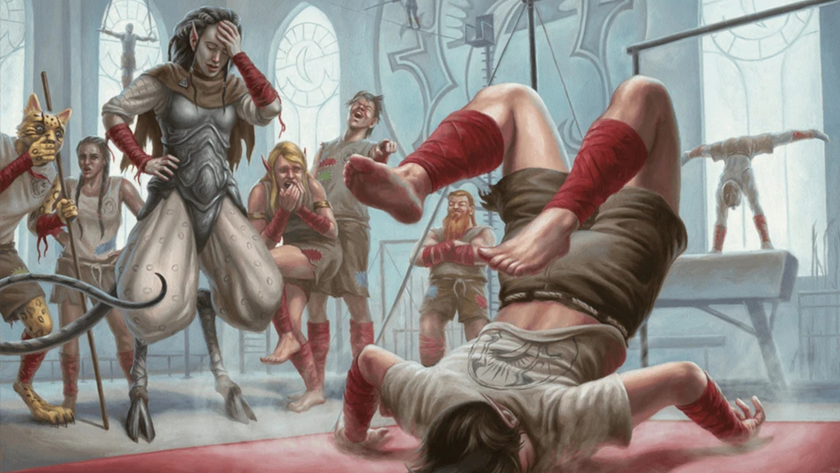The classic game appreciation section: F.E.A.R.
It's not a crusty old Sega game this week! Yay!
So it’s 2005. I’ve recently seen F.E.A.R. played on my friend's PC. It looks very, very special indeed. And even better, my friend’s PC isn’t as good as mine, so there’s no way I’m not going to be able to run it. So I buy a copy. And it doesn’t run. It turns out that myrig's specs trump my friend’s in every respect but graphics card. Mine is about as powerful as a piece of toast. Sad times.
So I have two options. I can either take F.E.A.R. back to the shop with my tail between my legs, or man up, invest in some upgrades, and take the full plunge back into serious PC gaming territory. Naturally, Ido the latter, and £150, one afternoon of tinkering and 120 frames per second later, we'rein business. Was a single FPS worth all of that? Damn right it was. Now listen up and I’ll tell you exactlywhy.
Atmospheric disturbance
“Stark”. That is the word for F.E.A.R. From the very first playable scene, in which you and your squad-mates quietly gain entry to the abandoned building currently sheltering Paxton Fettel, psychic madman and enemy commander at the centre of the whole supernatural maelstrom that is F.E,A.R.’s plot, it’s clear that this is a cold game.
Above: Theopening score isa goosebump-frenzy
Taking place in an under-saturated world, life and light pulled out of it by the kind of stale, overcast skies that can force you to use a torch outdoors during the daytime, F.E.A.R.’s opening is a quiet, understated one. Underplayed dialogue plays out intermitted over long, quiet periods of exploration. Brief, ambient soundscapes punctuate the silence, rarely, but with supreme effectiveness. The stillness of the atmosphere permeates everything you see, hear and interact with, the only sharp or sudden movement coming from F.E.A.R.’s still viscerally-affecting dynamic light and shadow system.
It’s stifling and electrifying all at the same time, and that’s a quality that F.E.A.R. maintains throughout, simultaneously choking you with its atmosphere but adrenalising you with a knife-edge tension.
The horror, the horror
F.E.A.R. isn’t a survival horror game. It’s an FPS through and through. One of the most visceral and air-punchingly cinematic ever made, in fact. But six years ago it achieved what many developers still find impossible. It makes a brutal, immediate shooter a simultaneously terrifying physiological experience without ever hampering either side of the equation. Monolith built a strong reputation for horror game development with the Condemned series, but it cemented that reputation with F.E.A.R. And for all its unsettling achievements since, that first encounter has never been topped.
Sign up to the 12DOVE Newsletter
Weekly digests, tales from the communities you love, and more
How does Monolith make its horror delivery just so damnably affecting? As a big horror fan myself, it’s obvious that the developer understands how this stuff really works. Direction, pacing and atmosphere. They’re what it’s all about. But while that’s a simple list of check-boxes to reel off, making them work in an interactive medium isn’t easy at all. Not if you’re going to do it right.
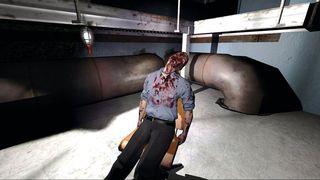
Unless you’re going to take the lazy Call of Duty route and regularly take control away from the player in favour of automated camera control, one of the toughest but most under-rated skills to master in first-person game design is making sure that the player is looking in the right place in the right time in order to effectively catch whatever environmental set-pieces you’ve decided to deliver. In horror, there’s even more to consider. Timing. Subtlety. The element of surprise. The building of almost subconscious ambient tension. Predicting the player’s gameplay reactions to the scares and accommodating them. There’s so much to think about if you’re really going to do it properly that it becomes elevated to the level of an art form. And in F.E.A.R., Monolith had that mastered with razor-sharp finesse.
There are no closet monsters here. No big toothy things exploding through windows. No cheap weapon-removing contrivance. F.E.A.R.’s horror direction is all about the subliminal, the subtle, the things just caught out of the corner of your eye that you really, really hope you imagined. Alma, F.E.A.R.’s creepy little girl ghost, has been mistakenly referred to as a Sadako rip-off numerous times, but her persona and the way she is used are far removed from the big-eyed, TV-birthing, broken bodied horror of Ringu’s antagonist. She won’t come barrelling down a corridor towards you, or scrabble at you with her fingernails in the dark. Her mere presence is all that is needed.
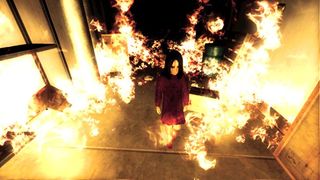
Quiet, solemn, almost mournful in her stillness, she’s an intangible presence both invading your world at the same time never really existing within it. You’ll catch a glimpse of her through a doorway as you turn a corner. You might hear a sign of her presence upon walking into a room dripping with the morbid aftermath of a recent bloodbath. You’ll inspect a computer or check out an item on a shelf, and then casually turn around to see her silently watching you through a window to the room you were in previously. You’ll try to reach her, but the second your view of her is obscured by wall or door, she’ll be gone. She comes and goes without flashes of light or noise-erupting announcement. She’s just there, and then she’s not there, and she’s then often both at the same time. Sometimes you might miss her. You’ll almost certainly think you saw her when you didn’t. But you’ll always feel her influence.
There’s no predictability to F.E.A.R.’s pacing. No swirling musical lead-ins to jump-scares, or grunge-like quiet bit/loud bit repetition. F.E.A.R. constantly subverts your expectations. Tension-wreaking noisescapes often lead to nothing, and the most unsettling moments occurring at the quietest times. Except of course, when they don’t…

But atmosphere and ghosts aren’t the only scary things in F.E.A.R. No, much like in real life, some of the most intimidating and dangerous elements in F.E.A.R’s world come from the cold, calculating intelligence of the human mind. And that’s something that the game simulates with terrifying believability.

